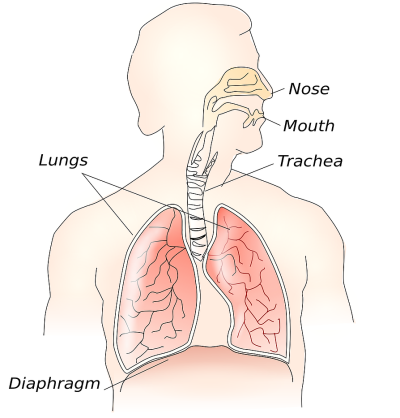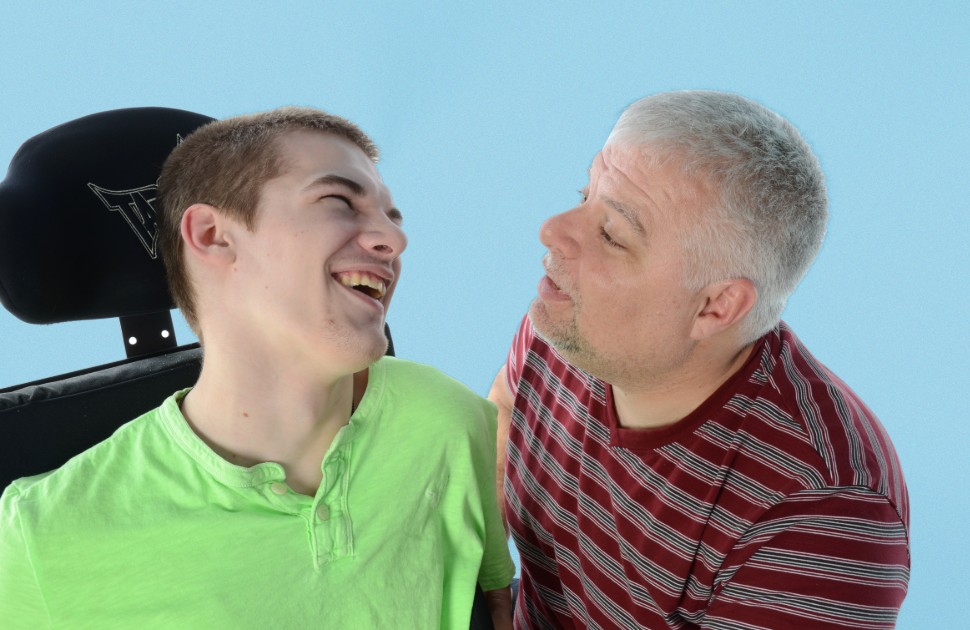
For best results make sure background graphics are enabled.
What is this procedure?
In the operating room, while your child or youth is asleep under general anesthesia, a thin tube with a light, camera and telescope is passed directly into the airways and/or esophagus to provide a detailed examination.
 What are the benefits?
What are the benefits?
- Optimal visualization of the airway and esophagus
- Can measure the size of the airway
- Ability to test for reflux and infection
- Pictures can be taken for documentation
- Secretions can be suctioned
- Foreign bodies can be removed
An additional procedure may be performed with your permission to treat an area of concern.
What are the risks?
- Loosening of or damage to teeth
- Swelling in the airway and esophagus
- Bleeding
- Air leak into the area around the lungs or in the chest cavity (pneumothorax)
- Injury to the airway
- Decreased oxygen level in blood
- Spasm in the airway
- Irregular heart rhythm
- Infection in lungs
- Esophageal injury
- Need for intubation (placement of a breathing tube) for a period of time after the surgery
- Risk with general anesthetic
What to expect before the surgery and on the day of
You and your child or youth will meet with the anesthesiology team prior to the day of surgery.
The surgery itself is usually an outpatient procedure, which means that your child or youth will go home on the same day. Please note, in some cases, the surgeon may recommend that your child or youth stay in the hospital for one or more nights of observation, either on the inpatient ward or in the Intensive Care Unit.
On the day of the surgery, you and your child or youth will meet with the surgery, anesthesiology, and nursing teams.
For the safety of your child or youth, the surgery may be postponed if:
- Your child or youth is sick
- Your child or youth did not follow the diet guidelines provided by the anesthesiology team
What to expect after surgery
Symptoms following surgery are common and vary from patient to patient. Typical/expected post-operative symptoms may include:
- Mild sore throat – may use Tylenol as needed, or other medications if recommended by your surgeon
- Mild to moderate hoarse voice
- Mild noisy breathing
- Mild cough, often barky (similar to symptoms of croup)
- Minor streaks of blood in saliva
If your child or youth experiences significant difficulty breathing, bleeding or other significant concerns, please visit CHEO's Emergency Department or call 9-1-1. Please seek medical advise if your child or youth's symptoms persist.




